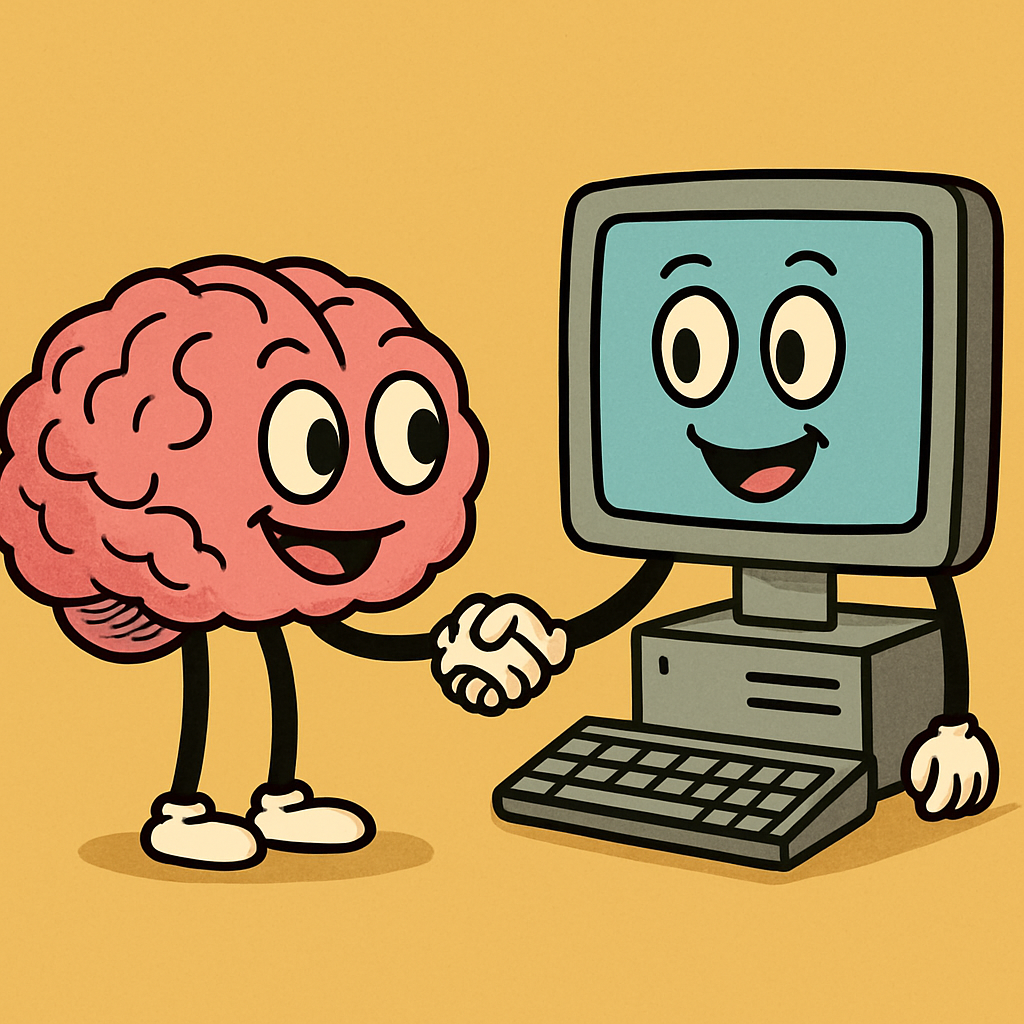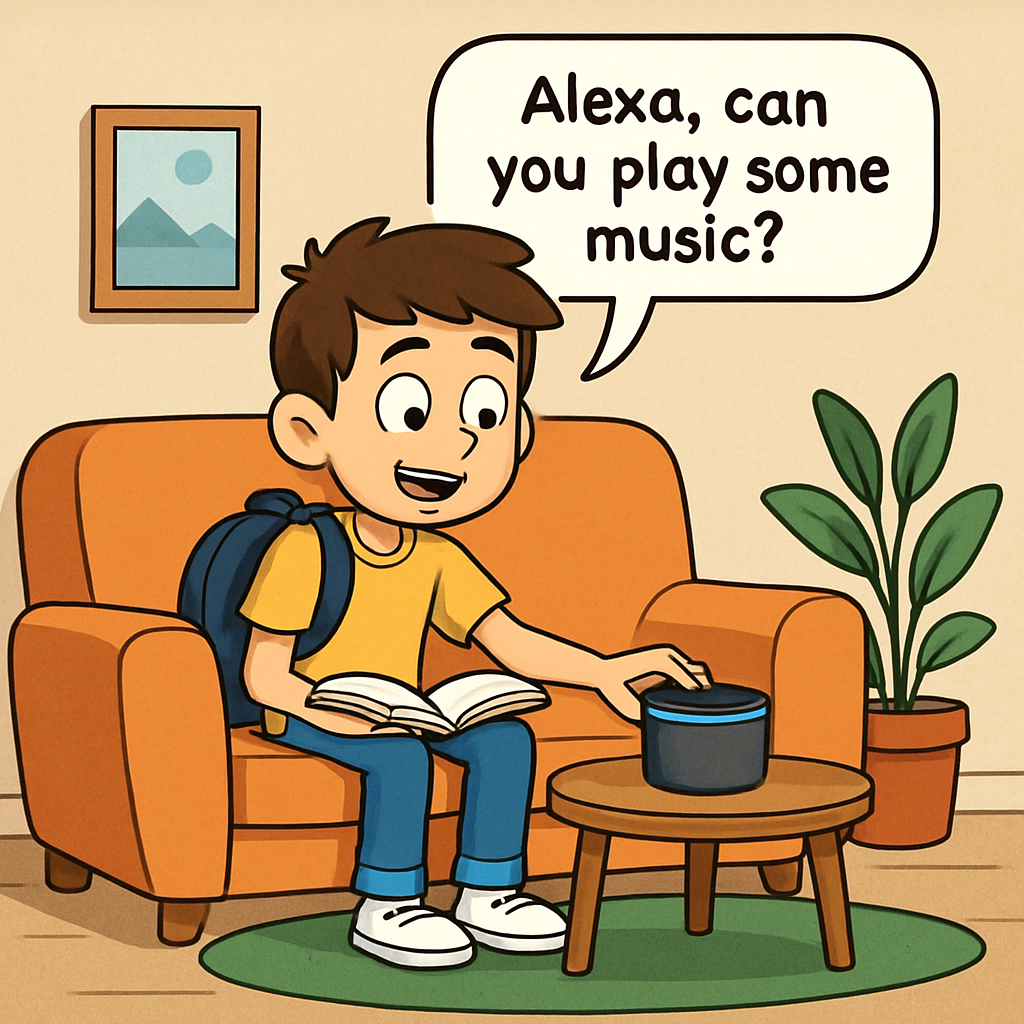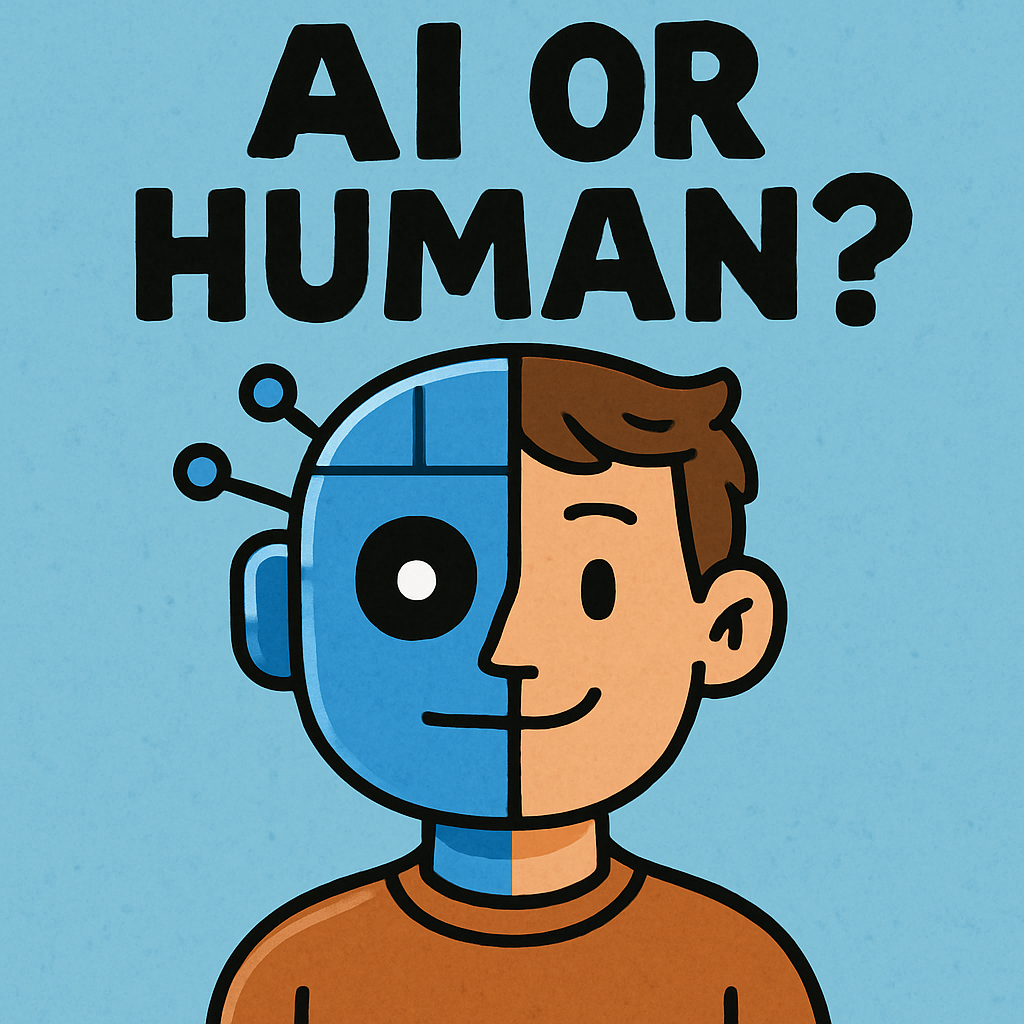 Basic AI Interactions
Basic AI InteractionsHave you ever used your phone to ask a question, such as 'What is the weather today?', and got an answer straight away? This is an example of interacting with artificial intelligence, or AI. In this lesson, you will learn about how we talk to AI in everyday situations, like chatting with it, asking questions, and using it for fun activities. Think of AI as a helpful tool that is always ready to help you.
Interacting with AI means talking to computer programs that can think and answer in ways that are like humans. These programs are made using clever coding. By the end of this lesson, you will know some common ways to interact with AI, how these interactions work, and important tips for using AI safely and well.
We will look at examples from daily life, such as voice assistants and smart suggestions in apps. You will also think about the good things and limits of AI, and take part in an activity to practise these ideas. This knowledge will help you use AI with confidence at school, at home, and in other places.

Artificial intelligence, or AI, is part of many things you do every day, such as at home, at school, when playing games, or when sending messages. Below, we will look at some common examples of how AI helps in these areas. Each example shows how AI looks at information to give useful answers or ideas.

Artificial intelligence does not rely on magic; it functions through recognising patterns and learning from information. Here is a simple explanation of how it operates:
It resembles a very quick-thinking system that improves with additional information. However, it is created by humans, so its effectiveness depends on the quality of its training.
 Can You Spot the AI Interaction?
Can You Spot the AI Interaction?Now that you've learnt about how we interact with AI, let's test your skills with a fun activity. AI systems are often working behind the scenes, and knowing how to spot them is an important part of digital media literacy.
In this exercise, you'll read five short scenarios. For each one, decide if you're interacting with a real person or an AI system. Think about clues like: Does it respond instantly? Does it give personalised answers? Is the reply too general or robotic?
Now, decide for each: AI or Human? Write down your answer and explain why you think so.
When you're ready, click the button below to reveal the answers.
 Understanding Inputs and Outputs in AI
Understanding Inputs and Outputs in AIIn artificial intelligence interactions, it is important to understand the ideas of inputs and outputs. These are the basic parts of how you talk to AI systems. An input is the information or command that you give to the AI, while an output is the reply or action that the AI makes based on that input. This process helps AI to support you well in different tasks.
By understanding inputs and outputs, you will see why it is key to give clear and exact information. This helps you get correct and useful replies from AI. Let us look at these ideas in more detail.
Inputs are the data or instructions that you give to an AI system to start a reply. These can be in different forms, depending on the tool or app you are using. Here are some common examples:
Outputs are the results made by the AI after handling your input. These can be given in different ways to fit the context of your question. Examples include:
Outputs are made to be helpful and relevant, using the AI's trained data and patterns.
Understanding the link between inputs and outputs will help you interact with AI more confidently. It shows how AI systems use the information you give to make useful replies, and it highlights the need for careful communication with AI.